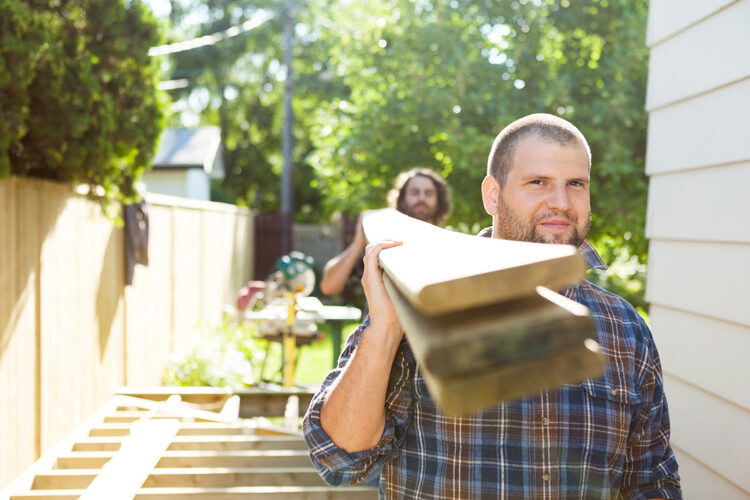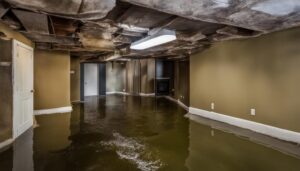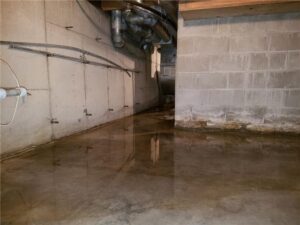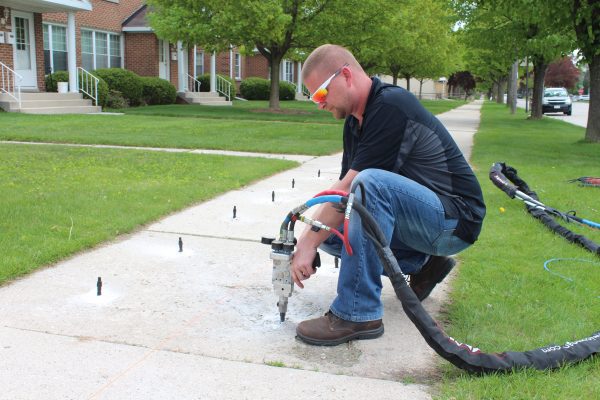
- By Christian Sundahl
- In basement waterproofing, basement waterproofing systems, Foundation Repair Techniques, indoor air quality, mold, Preventing Basement Flooding, wall cracks
- Tags basement waterproofing, Basement Waterproofing Methods
Preventing Basement Flooding: Effective Waterproofing Techniques
Basement flooding is a common and costly problem that many homeowners face, resulting in water damage, mold growth, and structural issues. Preventing basement flooding requires effective waterproofing techniques tailored to the specific needs of the home. In this article, we will explore various basement waterproofing techniques designed to mitigate the risk of flooding in residential basements, their applications, and their effectiveness in keeping basements dry and protected.
1. Exterior Waterproofing
Exterior waterproofing is a proactive approach to prevent water from infiltrating the basement walls and causing flooding. This technique involves creating a barrier between the foundation walls and groundwater by applying waterproofing materials to the exterior surface of the foundation. Key components of exterior waterproofing include:
- Excavation: Heavy machinery is used to dig around the perimeter of the foundation, exposing the exterior walls for inspection and treatment.

- Cleaning and Repair: The exposed walls are thoroughly cleaned, and any cracks or defects are repaired to ensure a solid foundation for waterproofing.
- Waterproof Membrane Application: A waterproof membrane, typically made of asphalt-based compounds or rubberized asphalt, is applied to the exterior walls to create a barrier against water infiltration.
- Drainage System Installation: A French drain or similar drainage system is installed alongside the footing to collect groundwater and divert it away from the foundation.
- Backfilling: Once waterproofing measures are applied and tested, the excavated soil is backfilled, and proper grading is established to ensure water flows away from the foundation.
Exterior waterproofing is highly effective in preventing basement flooding but can be costly due to the excavation involved. However, it provides long-lasting protection against water intrusion and is particularly beneficial for homes in areas prone to heavy rainfall or high groundwater levels.
2. Interior Waterproofing
Interior waterproofing techniques focus on managing water that has already penetrated the basement walls or is seeping through the floor. While not as comprehensive as exterior methods, interior waterproofing can still help prevent basement flooding. Common interior waterproofing techniques include:
- Interior Sealants: Specialized waterproofing sealants or coatings are applied to the interior surfaces of basement walls to create a barrier against moisture intrusion.
- Interior Drainage Systems: Interior drainage systems, such as interior French drains or sump pump systems, are installed beneath the basement floor to collect and redirect water to a sump pit, where it is pumped out of the basement.
- Cove Joint Sealing: The cove joint, where the basement floor meets the wall, is a common entry point for water. Sealing this joint with waterproofing materials such as hydraulic cement or epoxy helps prevent water seepage.
- Epoxy Injection: Cracks in concrete basement walls can be repaired using epoxy injection. This involves injecting an epoxy resin into the cracks under pressure, effectively sealing them and preventing further water infiltration.
Interior waterproofing is less invasive and costly compared to exterior methods but may not address underlying issues causing water intrusion. It is often used in conjunction with exterior waterproofing for added protection against basement flooding.
3. Window Well Installation
Window wells are structures installed around basement windows to prevent water from pooling against the window and seeping into the basement. Properly installed window wells should:
- Be Properly Drained: Window wells should be equipped with a drainage system to prevent water from accumulating inside the well.
- Be Properly Sealed: The area where the window well meets the foundation should be properly sealed to prevent water from seeping through gaps or cracks.
- Be Adequately Sized: Window wells should be large enough to accommodate the window and allow for proper drainage but not so large that they pose a tripping hazard or obstruct egress in case of emergency.
Installing window wells can help prevent basement flooding by directing water away from basement windows and preventing it from entering the basement.
4. Grading and Landscape Drainage
Proper grading and landscape drainage are essential for preventing water from pooling around the foundation and causing basement flooding. Key considerations for grading and landscape drainage include:
- Slope Away from the Foundation: The ground around the foundation should slope away from the house to ensure that water flows away from the foundation instead of pooling around it.
- Downspout Extensions: Downspouts should direct water at least 6 feet away from the foundation to prevent it from seeping into the basement.
- Gutters and Gutter Guards: Gutters should be clean and free of debris to ensure proper water flow and gutter guards can help prevent clogs and blockages.
- Landscaping: Plants and landscaping features should be positioned away from the foundation to prevent water from accumulating near the house.
By addressing grading and landscape drainage issues, homeowners can significantly reduce the risk of basement flooding and protect their homes from water damage.
5. Sump Pump Installation and Maintenance
Sump pumps are essential for removing excess water from the basement and preventing flooding during heavy rainfall or groundwater intrusion. Key considerations for sump pump installation and maintenance include:
- Proper Installation: Sump pumps should be installed in a sump pit or basin at the lowest point in the basement to collect groundwater and surface water.

- Backup Power Source: Sump pumps should be equipped with a backup power source, such as a battery backup or generator, to ensure they continue to function during power outages.
- Regular Maintenance: Sump pumps should be inspected and tested regularly to ensure they are functioning properly. This includes checking the pump, float switch, and discharge pipe for signs of damage or clogging.
- Alarm System: Sump pumps should be equipped with an alarm system to alert homeowners if the pump fails or if water levels in the sump pit rise above a certain threshold.
By installing and maintaining a sump pump system, homeowners can effectively manage water intrusion and prevent basement flooding.
Preventing basement flooding requires a proactive approach that addresses potential sources of water intrusion and implements effective waterproofing techniques. By employing a combination of exterior and interior waterproofing methods, installing window wells, addressing grading and landscape drainage issues, and installing and maintaining a sump pump system, homeowners can significantly reduce the risk of basement flooding and protect their homes from water damage. Consulting with a professional waterproofing contractor can help homeowners identify the most appropriate waterproofing techniques for their specific needs and ensure their basement remains dry and protected for years to come.
Contact the Professionals at Sundahl Waterproofing Today! (914) 639-6344






